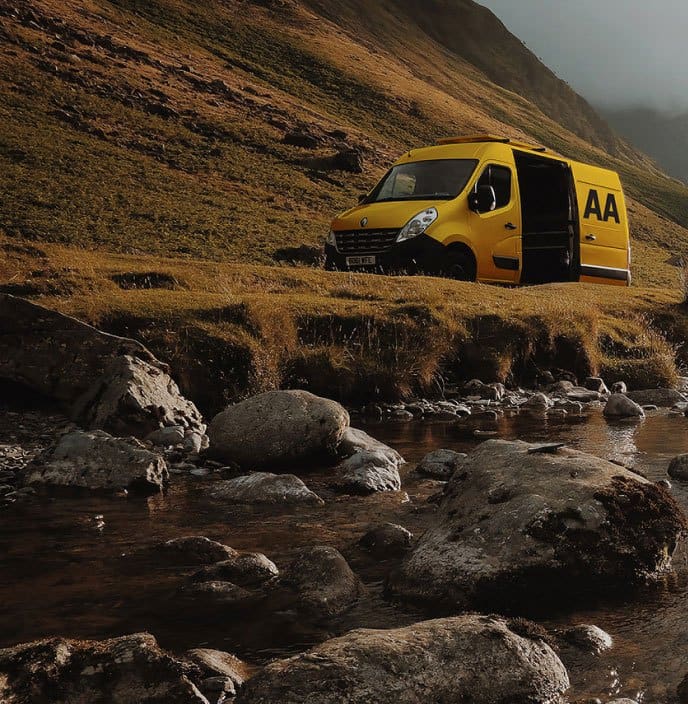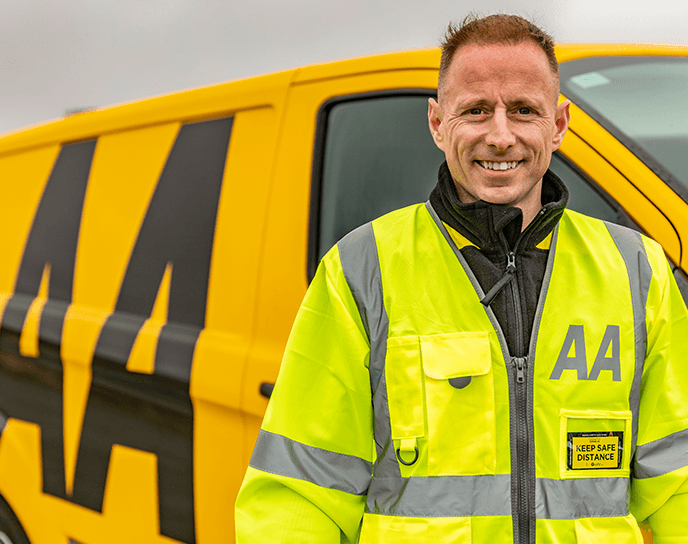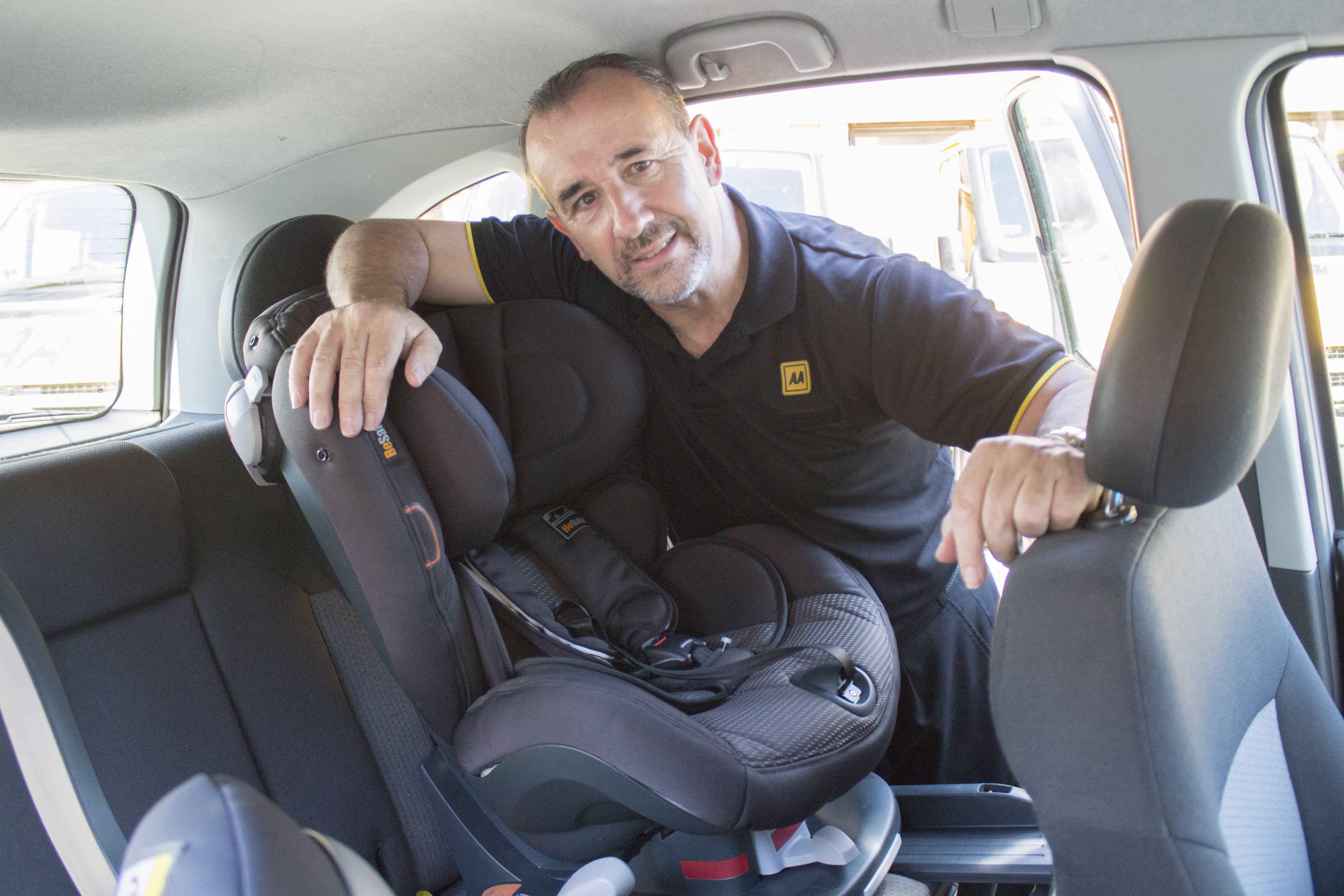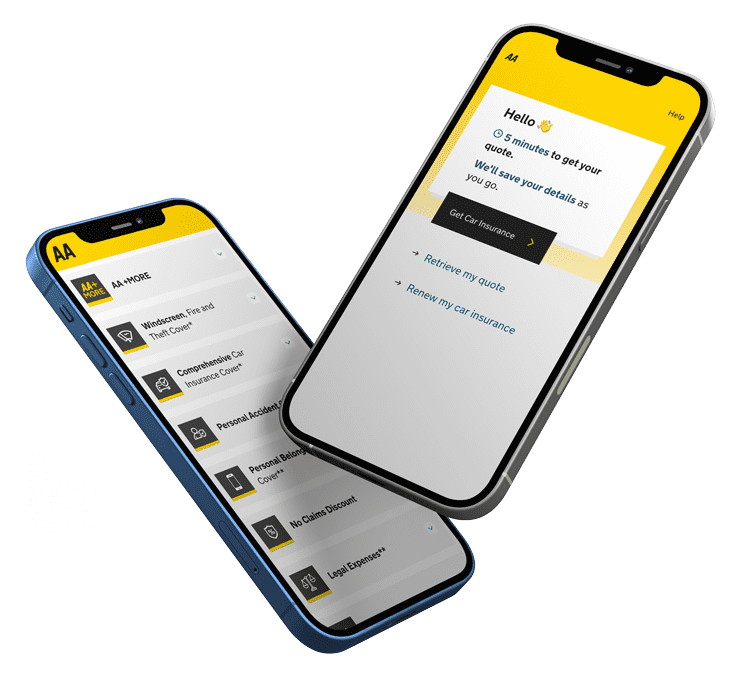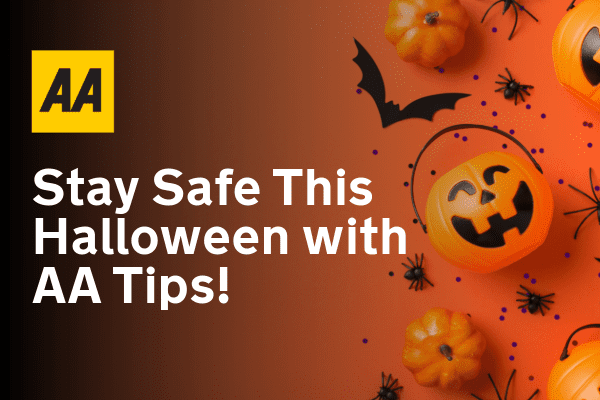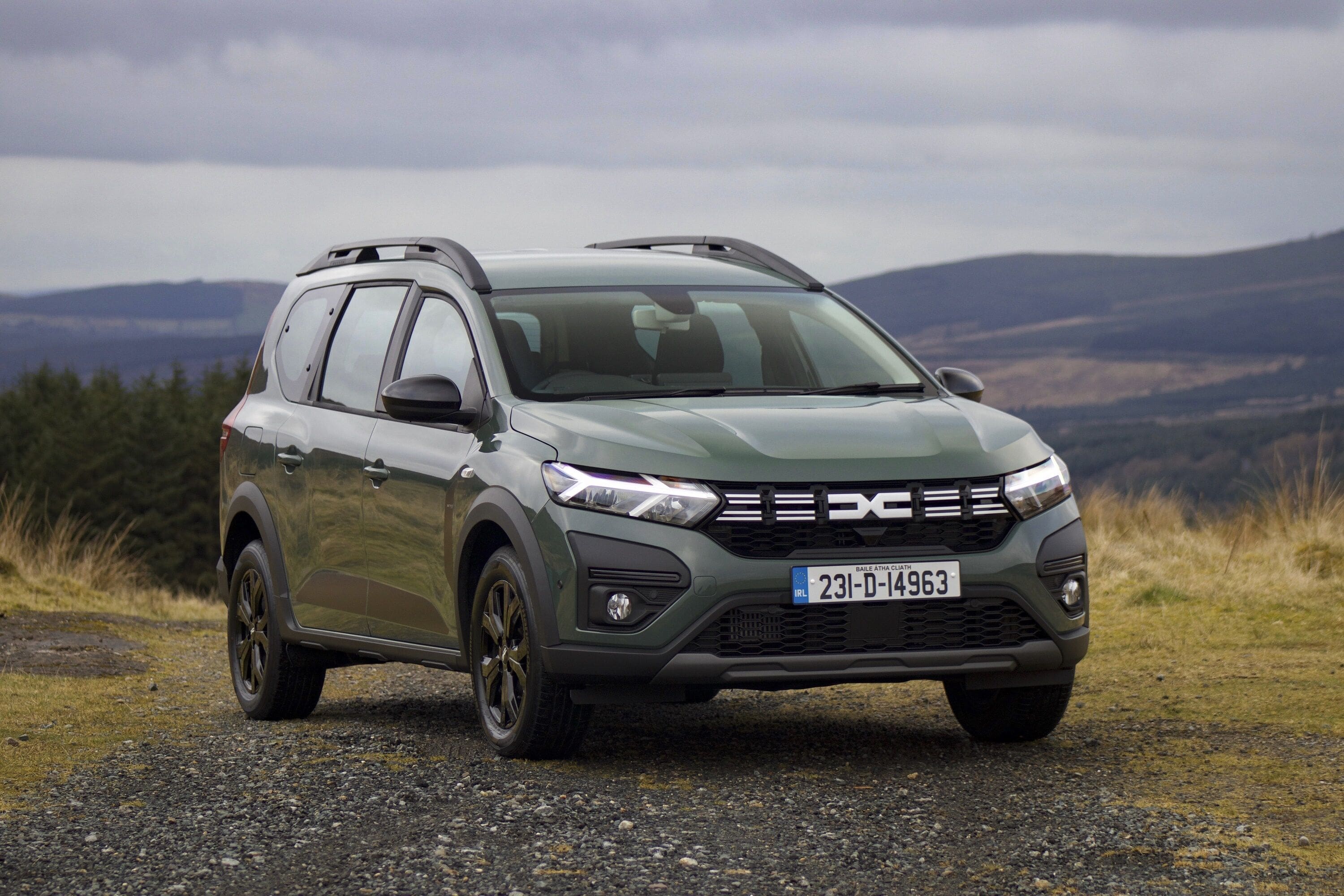While we’re all familiar with the rules around seat belts, we can be a little complacent when it comes to child car seats. We may have a car seat for our own little one but do we need a seat if we’re bringing other kids on the school run? The short answer is yes.
Car Seat Regulations when travelling with children
The short answer is yes. Children must use an appropriate child car seat if they’re under 150cm in height or weigh less than 36 kg (generally children up to 11/12 years of age). It’s the driver’s legal responsibility to ensure all passengers aged under 17 are appropriately restrained, whether they’re your own kids or others. Only taxi drivers are exempt.
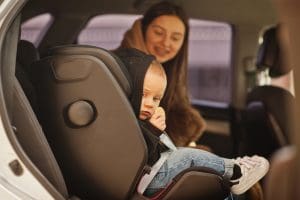
Research into car passenger fatalities from 1996 to 2012 shows that of the 262 children who lost their lives, almost one third were found not to have been correctly using a child restraint or safety belt.
Meanwhile, research undertaken by the World Health Organisation has found that using a correctly fitted rear-facing child seat reduced the likelihood of a child being killed if involved in an accident by 80%.
You’re liable to receive two penalty points and a fine of up to €2,000 if you don’t have children properly restrained in the car. In fact, recent research from the RSA found that 80% of the 5,000 car seats they examined at their Check It Fits sessions were incorrectly fitted – and 150 of the seats were condemned as unsafe, so it’s definitely an area we need to improve on.
How to choose the best car seat for your child’s weight
There are generally four main types of child car seat. Although many people speak about safety restraints in terms of a child’s age, the RSA say the most important factor in determining the correct restraint is weight. The recommended safety restraints for your vehicle’s occupants are:
| Type of Restraint | Weight Range |
| Rear-facing baby seat | Up to 13kgs (29lbs) |
| Forward-facing child seat | 9-18kgs (20-40lbs) |
| Booster seat | 15-25kgs (33-55lbs) |
| Booster cushion | 22-36kgs (48-79lbs) |
| Seat belt | Over 36kgs |
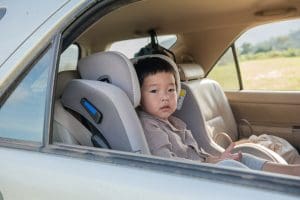
What is a Rear-facing baby seat
These are for babies weighing up to 13kg, normally from birth to 12-15 months. They can be used in the front or rear of the car but it is generally safer to fit them in the rear. Never, ever put these baby seats in the front passenger seat if there is a passenger airbag.
Compared to forward-facing seats, rear-facing seats provide greater protection for the baby’s head, neck and spine. So it is best to keep your baby in a rear-facing seat for as long as possible. Only move them to a forward-facing seat once they have exceeded the maximum weight for the baby seat, or when the top of their head is higher than the top of the seat.
When do I use a Forward-facing car seat
These types of seats suit children weighing 9-18kgs. Only move your child to a booster seat once they have exceeded the maximum weight for the child seat, or the top of their head is higher than the top of the seat.
What is a High-back Booster Seat?
Booster seats are designed for children weighing between 15 and 25kgs, and don’t have their own harness. Instead, they raise a child up high enough so that the seatbelt is positioned correctly on his or her body (i.e. on the shoulder, not the neck; and on the pelvis, not the stomach). Many booster seats are designed to be converted into a booster cushion by detaching the back rest, so that may be a good value option.

What age are Booster cushions for?
Booster cushions – without a back or sides – suit children weighing 22-36kgs, roughly from 6-11/12 years. Like booster seats, cushions do not have an integral harness to hold the child in place – so it is important that the car’s seatbelt is correctly adjusted to fit and that there is no slack.
When does my child no longer need a car seat?
Safety belts are designed for people 150cms and taller. Don’t let your child graduate to using just the safety belt too soon. Children are usually big enough to use the safety belt by the time they are about 11 years old. However, this varies from child to child and it’s best to double-check that your child is at least 150cms tall before upgrading them to the belt. Three-point safety belts (lap and diagonal) provide greater protection than lap belts. Make sure to position the diagonal part across the torso from shoulder to pelvis – not across the neck. Lap belts are far better than no belt at all. The lap belt should be placed across the tops of the thighs (from hip-bone to hip-bone), not across the stomach and worn as tight as possible.
How do I fit my child’s car seat?
A child seat should ideally be placed in the back seat of the car, keeping it away from the airbags and dashboard. To repeat, it’s crucial that you never fit a rear-facing baby seat in the front if there is an airbag on the passenger side of the car.
Make sure you follow and retain the manufacturer’s fitting instructions. The child seat should rest firmly on the car seat, with hardly any forwards or sideways movement. Once the seat is fitted – whether you use Isofix connections or the seatbelt – test that it is secure by pushing it firmly, or by fastening the harness and pulling it sharply forward to replicate the movement it would make in a collision.
If you have to take your child seat out of the car for any reason, make sure you fit it properly every time you put it back in. If it stays in the car permanently, it’s still a good idea to check it regularly to make sure it is still securely held.


